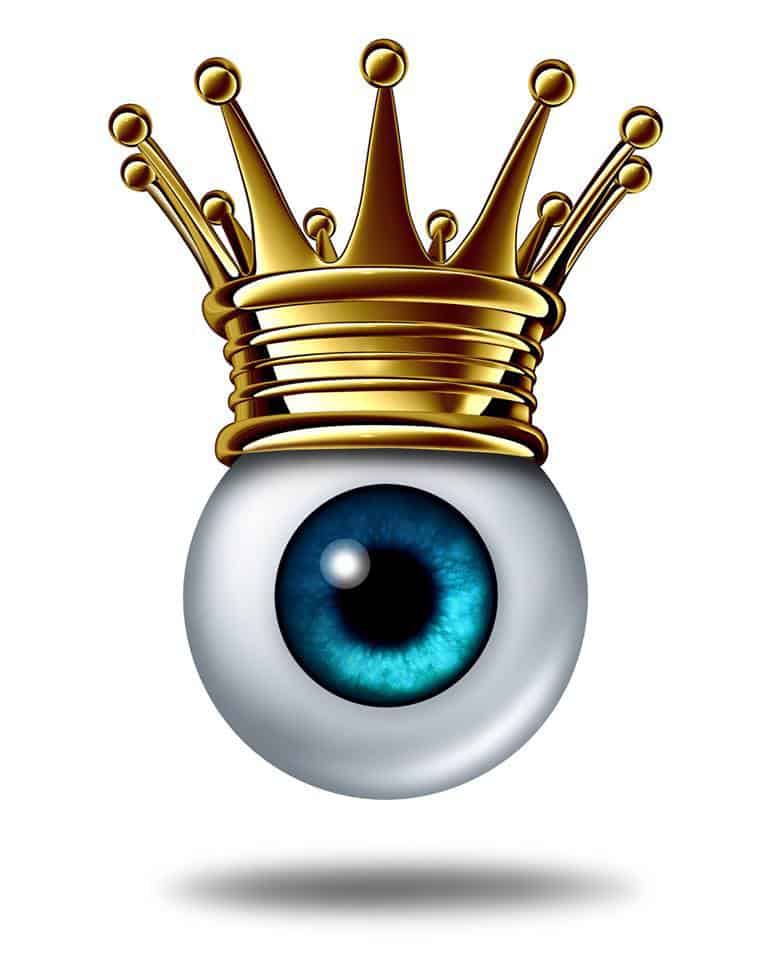Myopia, commonly known as short sightedness or nearsightedness, is a problem with the refraction of the eye. Myopic or near sighted people can see objects which are nearby, but their vision for far away objects is blurred. Myopic eyes either have extra steep corneas or extra-long eye balls, and so instead of being focused on the retina, images are focused in the vitreous (in front of the retina).
Optometrists and ophthalmologists use corrective glasses or contact lenses to treat myopia and its opposite, hyperopia or farsightedness, in which either the eye ball is too short or the cornea is extra flat. Refractive surgery such as LASIK or LASEK eye surgery can also help to correct myopia. The lenses used, such as eye glasses or contacts, have negative optical power (concave lenses).
Interestingly, research has shown that one’s level of education may have an influence on myopia. Some studies say that people who spend a lot of time reading cause their eyes to lose elasticity and thus have difficulty focusing on far away targets.
The nature and nurture debate has been fought with regard to myopia too, and people either attribute the causes to natural or environmental factors, or a combination of both.
Myopic people can generally read comfortably and seldom require reading glasses. Low myopia is myopia of -3.00 diopters or less, whereas medium myopia is somewhere in between -3.00 to -6.00 diopters. High myopia is more than -6.00 diopters and such patients are at high risk for retinal detachment and glaucoma.
“Remember to keep an eye on your eyes”
- 10 SIGNS YOU NEED AN EYE EXAM - May 20, 2018
- WORLD GLAUCOMA WEEK - March 11, 2018
- The Importance OfEye Exams - February 5, 2018


Recent Comments